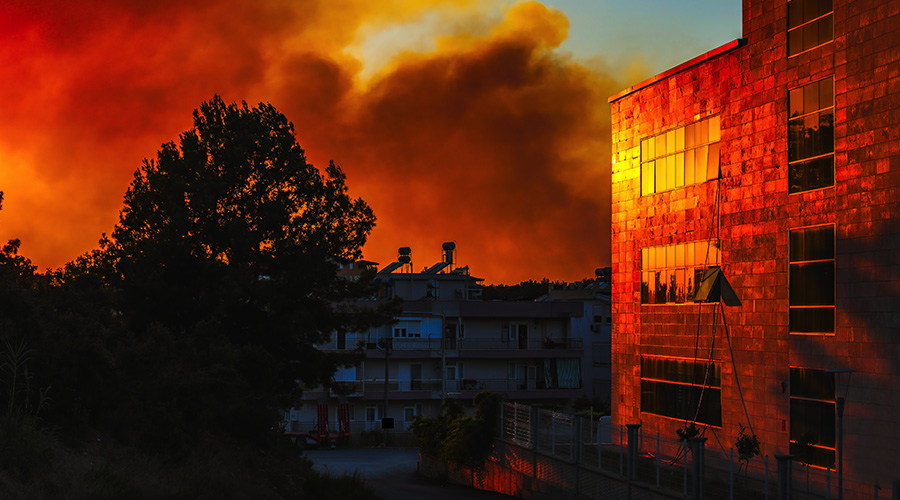Schools and Universities Should Examine Emergency Response Plans
Schools and college campuses have a unique problem with regard to mass notification: Often the protocol for communicating emergencies is too complicated. For that reason, one of the most important things that must be done in creating or improving a mass notification system is getting the academic community to think differently about emergencies.
According to Benne, a high-level administrator traditionally is the only person with the authority to communicate about an emergency. "In a K-12 situation, if an intruder comes in with a gun or a wild dog is running through the hallways, a teacher calls the main office and says 'we need a lockdown,'" Benne says. "Then the secretary has to find the principal or administrator to get authorization. The administrator then investigates the situation and makes an announcement. There are too many processes.
In a life-threatening situation, every staff member should have authority to call for a lockdown, Benne says. "You can figure out what went right or wrong later," he says.
In a life-threatening situation, it is also important, when the issue is still unresolved, to keep communicating the message. Suppose a single announcement is made that the facility has gone into a lockdown. "After a while that message becomes stale," says Benne. "People may then put themselves at risk, so you have to continually give those messages out."
In the case of rural and suburban K-12 schools, changing one's idea of the school environment as an open space is also, if unfortunately, necessary, says Benne. "A school is open, and it is natural to be that way," says Benne. "But a lot of behavior has to change, in processing ingress and egress of students."
School buildings could also face changes. "Main entrances built before 1990 were insufficient — security-wise — and even up until 1998 people didn't have a secured entryway," says Benne. "They have to retool what they have."
Related Topics:













